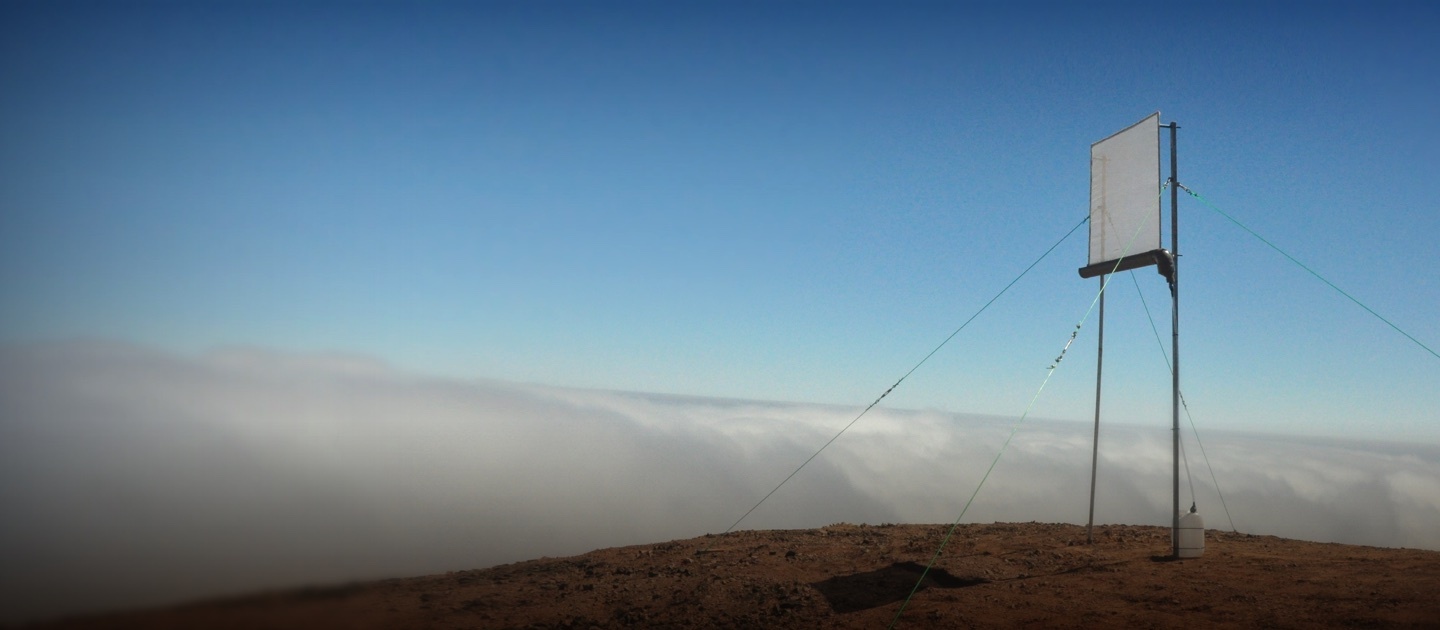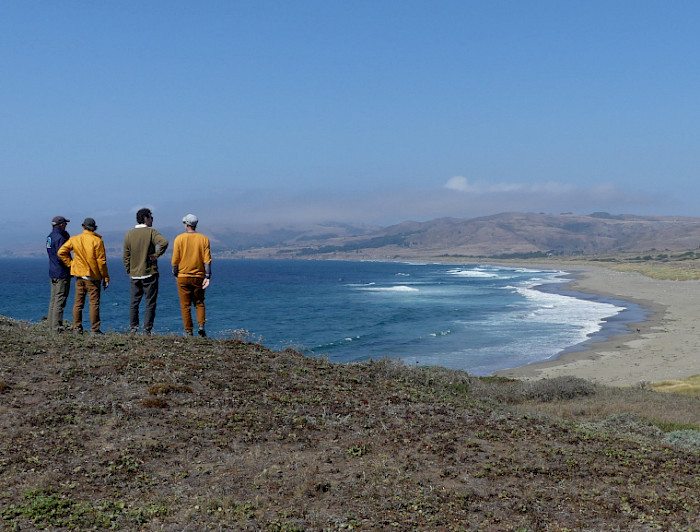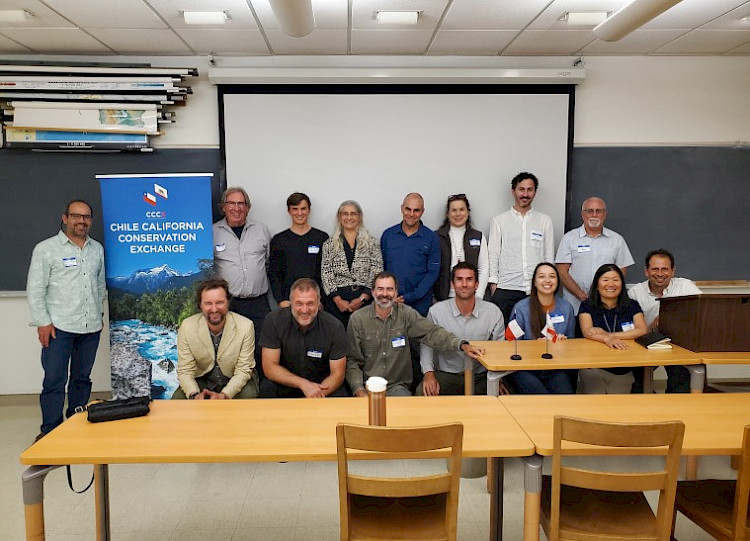
Fog: The Study that Unites UC Chile and the University of California
Faculty members from UC Chile visited the University of California’s Natural Reserve System to strengthen the relationship between the UC Chile Network of Science Centers and Stations (RCER-UC) and exchange knowledge concerning fog studies.

photo_camera The visit was possible thanks to the efforts of the Atacama Desert Center and the Atacama Station, and sought to establish collaborations with centers and researchers in California. Photo credit: Pablo Osses.
In order to establish collaborations with centers and researchers in California and exchange knowledge about the study of fog, faculty members from UC Chile visited the Nature Reserve System in California.
The faculty members of the Institute of Geography of UC Chile, Camilo del Río, Juan Luis García and Pablo Osses, together with Sergio Guitart, Executive Coordinator of the UC Chile Network of Regional Centers and Stations, different centers of the UC Chile Natural Reserve System, located in different campuses of the University of California in Los Angeles and San Francisco.
The trip ended at the Coastal and Marine Sciences Institute's Bodega Marine Laboratory (BML) station at UC Davis.
“It is interesting to see how the California University System supports a length of 1,500 km in 8 parks and 42 reserves, both inland and coastal," said Professor Osses.
As Juan Luis García, professor and director of the Center, explained:
“We conduct fog studies in the Atacama Desert Center through the Atacama Station. Colleagues in California are also studying fog. So we explored possible synergies in a common research topic. Some of the colleagues from the University of California had visited our station before.
On this visit we had meetings with several teams exploring potential scientific links and collaborations that will allow us to expand our fog monitoring network and make interhemispheric comparisons."
An important aspect highlighted by the professors is that the research stations that they visited are relatively similar to Chile, in terms of latitude and geographical location.
“It was an exchange of experiences, a reciprocal learning and an in-depth study of fog," said Professor Pablo Osses, director of the UC Atacama Station.
Next Challenge: Standardizing Methodologies for Comparable Data

The delegation participated in a Fog-Water Roundtable at UC Berkeley's Institute of Geography. Photo credit: Pablo Osses.
During the visit to the UC Berkeley Institute of Geography, the researchers met with faculty members from California to share knowledge, discuss the experience, and plan future strategies to integrate centers in both countries.
It was a good opportunity to summarize and discuss what was learned throughout the week, both from the fog research aspect, which was the main focus of this round table, as well as to see common ground and projections of the networks of stations and reserves," said Professor Camilo del Río.
“There was a consensus to start standardizing methodologies, to monitor fog using the same approaches, so that the data obtained are comparable."
Visits from California professors and students to UC Chile facilities are expected soon.
“One of the Network's objectives is internationalization, and the University of California is a good partner, as it has a lot of experience and willingness", concluded Professor Juan Luis García.


